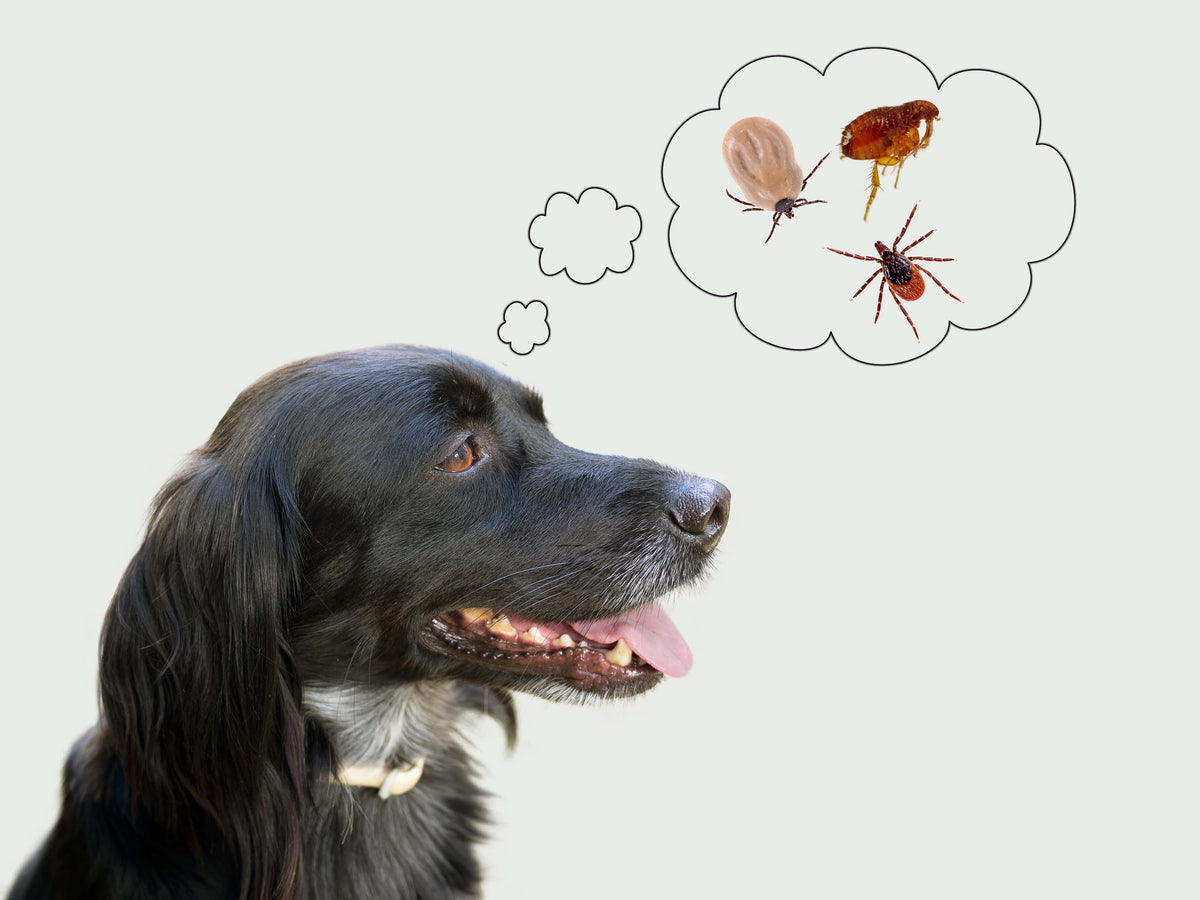
It’s Flea & Tick Season! Is Your Pet Protected?
|
|
4 min
Same-day 3hr delivery. Get FREE delivery and a bonus treat when you order $100 or more.
|
|
4 min
Flea & tick season in New York spans early spring to late fall, so protecting pets should start now—before pests become a problem.
Routine checks with a flea comb (back, belly, head, neck, chin, even between the toes) are the most reliable way to spot an infestation early.
Outdoor time, dog‑to‑dog interaction, and backyard wildlife all increase exposure; inspect your pet thoroughly after walks, playdates, park visits, or time in the yard.
Even the cleanest boarding facilities can harbor fleas and ticks, so give pets a head‑to‑tail check as soon as they come home.
Work with your veterinarian to select the right preventatives (topicals, chews, collars, sprays, shampoos); bathing soothes itching and makes ticks easier to spot but should complement, not replace, vet‑approved treatments.
Happy Spring! Spring means more time spent outdoors, incredible flowers, and the sleeping trees come to life. Unfortunately, so do fleas and ticks! Flea & tick season in New York is early spring through late fall. Most dog and cat parents are well-aware that their pets are susceptible to fleas and ticks, especially during flea and tick season. Fleas and ticks are common pests and nothing to be ashamed of. But with so many great products on the market, there is a lot we can do to not only effectively treat fleas and ticks but to prevent them altogether. Please don’t wait to protect your pet from fleas and ticks.
A simple flea comb from your pet store is the only way to know for sure if your dog or cat has flea & tick. Some people have no idea that their pet has fleas until combing makes it clear, and pets may be suffering in silence. Pets must be flea & tick combed thoroughly, from back to belly, to head, neck and chin.
Flea & Tick can be often discovered when petting or bathing your pet and can hide anywhere.
Dogs need outdoor time, but be aware that dogs can acquire flea and tick from their environment. Any contact with other dogs, for example, at dog runs or any cooperative playtime with other dogs, could lead to exposure to fleas. If your dog spends time in your yard, know that wild animals (squirrels and other common small species) can expose your pet to flea & tick. Flea & Tick climb onto grass or low vegetation like shrubs and attach themselves onto passing animals.
Routinely check your pet for flea & tick after time spent outdoors, especially after a walk in the country or walks in parks and on trails. Thoroughly inspect every square inch of your pet, including between toes!
While most boarding facilities are clean and conscientious, fleas and ticks can accompany dogs and cats into the space, unbeknownst to their owners. Always check thoroughly for flea & tick after boarding your pet.
There are several types of treatments available for your dog or cat – topical treatments applied to the skin, pills or chews, sprays, flea collars, and flea shampoos. Your vet can recommend the appropriate flea and tick treatment based on your pet’s specific needs. Things that need to be considered are age, breed, and overall health. It’s very important for puppies and kittens to use treatments designed for their age, size, and weight. A variety of treatments are available at The Pet Market.
Bathing dogs typically cannot entirely remove fleas, but it can reduce itching and discomfort in tandem with more aggressive treatments. A bath also makes ticks more visible. For underage puppies and kittens, too young to receive treatments, an effective flea bath with an appropriate pet shampoo followed by a thorough combing can rid them of fleas safely.
While flea & tick are a nuisance, they are entirely treatable and often preventable. Since our pets can’t tell us, they rely on us to be advocates for their health and comfort. Flea & tick season is here, make sure you are prepared,
Most topical and oral products protect for 30 days and must be given monthly. An exception is fluralaner (Bravecto®), which lasts 12 weeks —or about 8 weeks in areas with heavy lone‑star‑tick pressure. Always follow the label (or your vet’s advice); under‑dosing invites resistance and leaves pets unprotected.
Yes. Prescription options are FDA‑tested for kill‑rate, safety, and lasting power. They use modern actives such as isoxazolines or spinosyns that remain >95 % effective—even against resistant flea strains—while older OTC formulas (often pyrethrin‑based) lose potency and can be dangerous to cats.
Use a three‑step plan :
Treat the pet —give a fast‑acting adulticide (e.g., nitenpyram) plus a long‑term preventative.
Treat the home —vacuum daily, launder bedding hot, and apply an insect‑growth regulator to carpets.
Treat the yard —keep grass short, deploy biological controls (beneficial nematodes), and apply perimeter acaricides every few weeks in peak season.
No. Many topicals (fipronil, imidacloprid) spread through skin oils and kill on contact—before fleas or ticks can feed. Systemic oral products (e.g., afoxolaner) require the parasite to bite and ingest blood, so veterinarians sometimes pair contact‑kill topicals with systemics in high‑risk regions for layered protection.